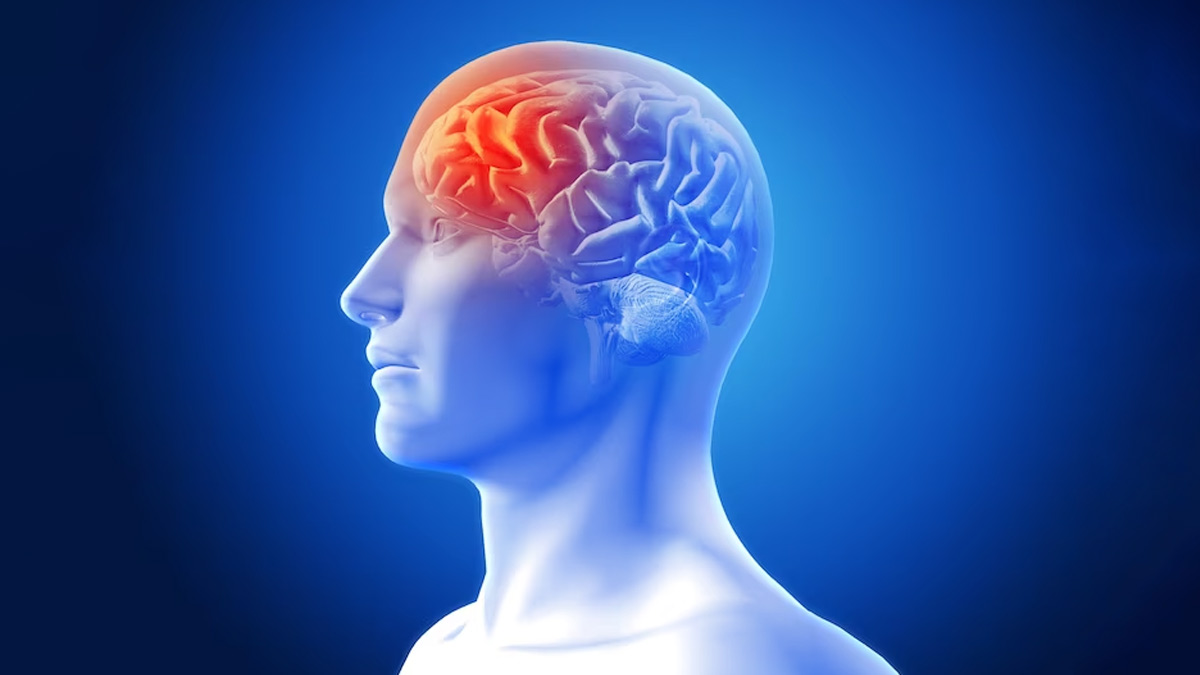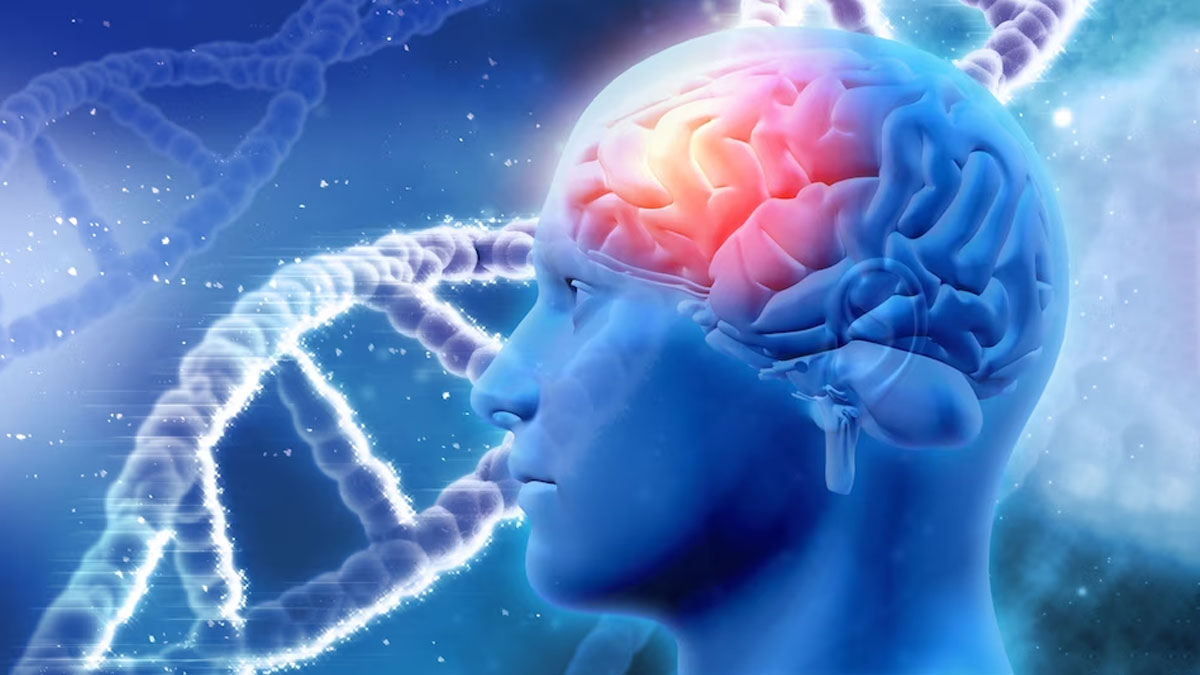
Chinese President Xi Jinping was hospitalised at the end of 2021 due to a cerebral aneurysm. He is said to favour traditional Chinese medicine to surgery for his treatment. According to ANI, during Xi's March 2019 visit to Italy, he displayed an atypical walk with a significant limp. Similarly, he was photographed needing assistance while sitting down during his visit to France on the same tour. During a talk in Shenzhen in October 2020, delays in his appearance, poor delivery, and a coughing episode aroused concerns about his health.
What Is Cerebral Aneurysm?
A cerebral aneurysm is a weakened area in an artery that supplies blood to the brain. Over time, the constant flow of blood can create pressure against this weakened area, causing it to balloon out and form an aneurysm. These aneurysms can range in size from a few millimetres to over an inch and can occur in various locations within the brain.
Also read: What Is Aneurysm? Here Are Its Symptoms, Causes, Diagnosis And Treatment
“When the vessels are forming, one section of the body may become weak and bloated. As a result, the cause of aneurysm is partly a question of chance and luck. Women in their forties and fifties are more prone to brain aneurysms. Aneurysms are more likely to form and burst in those who are extremely hypertensive, smoke heavily, or are alcoholics. Most aneurysms are caused by bad luck, when the blood vessel becomes weak and enlarged,” said Dr Vipul Gupta, Chief of Neuro-interventional Surgery and Co-Chief of Stroke Unit at the Artemis Hospitals in Gurgaon.
Causes and Risk Factors
While the exact cause of cerebral aneurysms is not always clear, several risk factors have been identified. These include:
- Age and Gender: As per Dr Gupta, aneurysms are more common in individuals over the age of 40, and women are more likely to develop them than men.
- Hypertension: High blood pressure can weaken blood vessel walls, making them more susceptible to aneurysms.
- Smoking: Tobacco use can damage blood vessels, raising the risk of aneurysms.
- Alcohol and Drug Abuse: These substances can contribute to hypertension, which is a known risk factor.
- Certain Medical Conditions: Conditions like polycystic kidney disease and certain connective tissue disorders can increase susceptibility.

Symptoms and Diagnosis
One of the most challenging aspects of cerebral aneurysms is their lack of noticeable symptoms until they rupture. When an aneurysm ruptures, it can cause a sudden, severe headache, often referred to as a "thunderclap headache." Other symptoms may include nausea, vomiting, sensitivity to light, and loss of consciousness.
Fortunately, not all aneurysms rupture, and many are discovered incidentally during diagnostic imaging for unrelated health issues. Diagnostic tests like CT scans, MRIs, and cerebral angiography can reveal the presence of an aneurysm and its size.
Also read- Game of Thrones Star Emilia Clarke Survived Two Brain Aneurysm: What is it?
Treatment Options
The management of cerebral aneurysms varies based on their size, location, and the overall health of the patient. Treatment options include:
- Monitoring: Small, unruptured aneurysms may be monitored regularly to assess any changes in size or risk.
- Surgical Clipping: This involves placing a small metal clip at the base of the aneurysm to prevent blood flow into it.
- Endovascular Coiling: “A minimally invasive procedure in which a coil is placed inside the aneurysm to block blood flow and prevent rupture”, Dr Gupta stated.
- The choice of treatment depends on several factors, and it's crucial for patients to consult with a neurosurgeon or interventional neuroradiologist to determine the most appropriate approach.

Prevention
While not all cerebral aneurysms can be prevented, certain lifestyle choices can reduce your risk:
- Quit Smoking: Smoking is a major risk factor; quitting can significantly lower your risk.
- Control Blood Pressure: Regular check-ups and medications if needed can help manage hypertension.
- Healthy Diet: A diet low in saturated fats and rich in fruits and vegetables can support overall vascular health.
- Exercise: Regular physical activity promotes cardiovascular health.
- Limit Alcohol and Drug Use: Moderation is key to reducing these risk factors.
Cerebral aneurysms are a potentially fatal medical condition that often goes untreated until it is too late. Understanding the risk factors, symptoms, and treatment choices can assist people in making educated health decisions. If you suspect you have an aneurysm or have risk factors, it's important to see a doctor for an accurate diagnosis and treatment.







